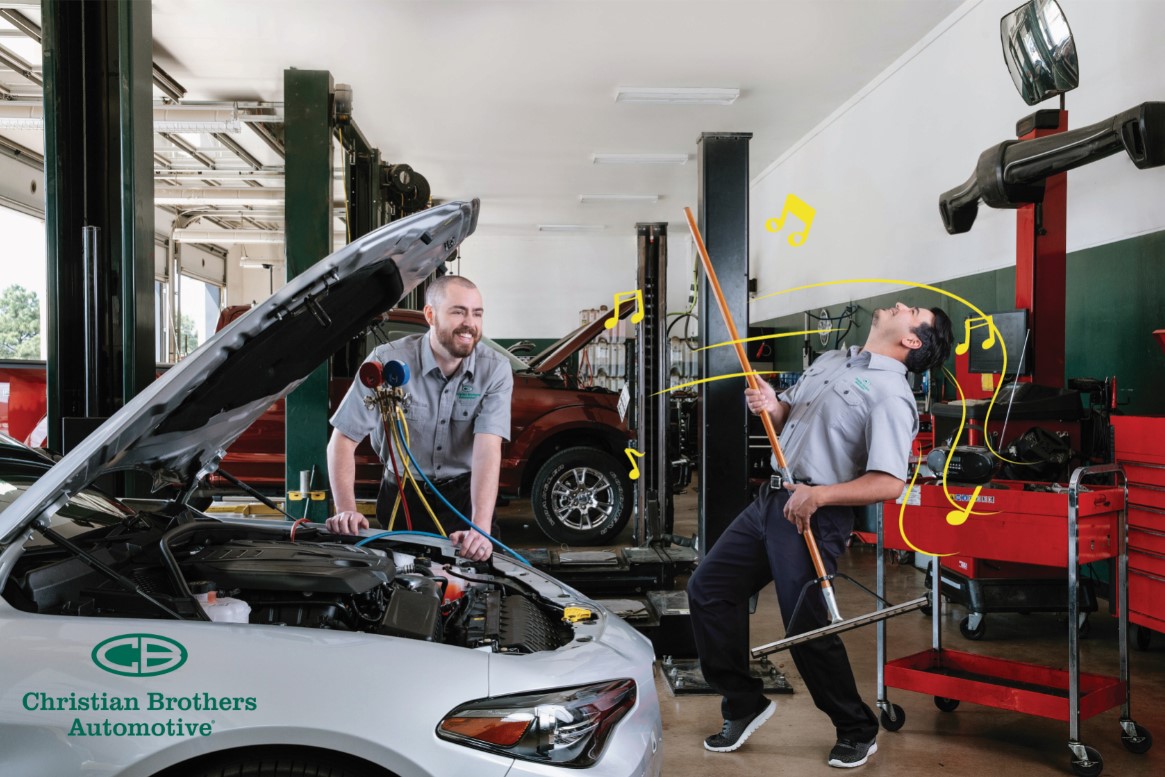All Categories
Featured

2 key solutions that are frequently ignored however have a substantial effect on tire long life and efficiency are tire turning and placement. Allow's dive into what tire turning and placement are and why they're important for your cars and truck.
What Is Tire Turning? Tire rotation is the process of moving your tires from one setting to an additional to guarantee they put on equally. Given that your auto's tires work at various prices depending upon their setting (front tires versus rear tires), rotating them routinely helps to distribute the wear equally, bring about a longer lifespan for your tires.
Tires on the front axle have a tendency to use quicker than those on the back axle, specifically in front-wheel-drive vehicles, where the front tires manage both steering and power. On the various other hand, rear tires might wear unevenly depending on the car's weight circulation and driving problems. By revolving your tires every 6,000 to 8,000 miles (or as advised by the manufacturer), you'll make sure a more balanced wear pattern.
What Is Tire Placement? Tire placement, also called wheel placement, describes adjusting the angles of your car's wheels to the maker's specs. Proper alignment makes certain that your tires are pointing in the best instructions, and it aids take full advantage of tire life and enhance vehicle handling. There are 3 primary aspects of alignment: camber, caster, and toe.
Camber describes the tilt of the tires from the front of the automobile. If your tires are tilted too much internal or exterior, it can cause uneven wear. Wheel describes the angle of the guiding axis when checked out from the side of the automobile. This impacts the security of the guiding, especially when driving right. Toe describes the angle at which the tires aim inward or outside when checked out from above. This influences how your automobile tracks when driving. An appropriate placement guarantees that all four tires are aiming straight ahead and are tilted appropriately. Misalignment can result from hitting pockets, aesthetics, or just from the wear of suspension elements in time.
Why Tire Rotation and Alignment Matter. Extended Tire Life. Both tire rotation and placement aid avoid uneven tire wear. When your tires use evenly, they last much longer, which can conserve you cash over time by lowering the demand for premature substitutes.
Improved Safety And Security. Proper tire rotation and positioning improve car security and handling. Misaligned tires or unevenly used tires can negatively influence your capacity to guide and stop your car, specifically in emergency situation circumstances. Regular maintenance guarantees your tires carry out optimally, giving a safer driving experience.
Better Gas Effectiveness. If your tires are not aligned properly, they might drag against the roadway surface area, triggering resistance. This additional friction can reduce gas performance, triggering your automobile to take in more gas. Regular tire positioning makes sure that your automobile relocates effectively, improving gas mileage.
Boosted Convenience. Misalignment or erratically used tires can cause a rougher ride, as your automobile may draw away or trigger resonances. By maintaining your tires turned and straightened, you'll appreciate a smoother and more comfy driving experience.
Indications That Your Tires Need Turning or Alignment. It's essential to remain sharp for any type of indicators that your tires need rotation or alignment. Watch out for these typical signs:
Irregular Tire Wear: If you see that tire is substantially extra used than the others, it may be time for a turning or alignment. Steering Pull: If your vehicle pulls to one side while driving straight, this can indicate misalignment. Vibrations: If you really feel vibrations in the guiding wheel or the car itself, it can be an indication of imbalance or irregular tire wear. Squealing Tires: Unusual tire sound might likewise show improper alignment or the demand for a tire turning. How Frequently Should You Turn and Align Your Tires? Tire rotation should typically be done every 6,000 to 8,000 miles or as specified in your automobile's proprietor's handbook. It's a great concept to turn your tires during every oil change, as this will certainly help you remain on top of regular upkeep.
As for placement, it does not need as regular service. Usually, positioning must be inspected at least yearly or whenever you see concerns like pulling to one side or vibration. You may likewise require placement if you have actually struck a big gap or visual, which can toss your wheels out of alignment.
Final Thought: Keep Your Tires in Top Forming. Tire turning and placement are crucial solutions that maintain your vehicle running smoothly, securely, and effectively. By taking the time to have your tires turned and aligned on a regular basis, you're buying your auto's performance and durability, while likewise improving your safety and security on the road. Remain positive with tire upkeep, and your automobile will thank you with far better fuel economic situation, enhanced handling, and extended tire life.
Latest Posts
Find Out Reduce Expenses on Car Maintenance with Montclare Auto Repair’s Special Deals
Explore WyHy Federal Credit Union Maximizes Your Savings on Loans and Savings
Explore Limited-Time Auto Repair Specials in Chicago at Montclare Auto Repair
More
Latest Posts
Find Out Reduce Expenses on Car Maintenance with Montclare Auto Repair’s Special Deals
Explore WyHy Federal Credit Union Maximizes Your Savings on Loans and Savings
Explore Limited-Time Auto Repair Specials in Chicago at Montclare Auto Repair
